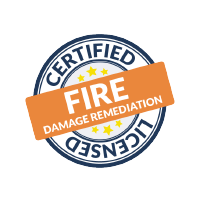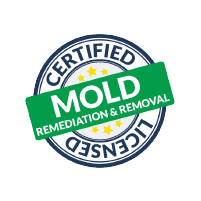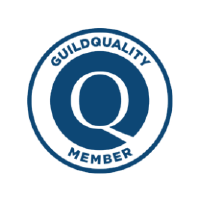We are often asked why certain materials need to be removed after affected by flooding.
- Water Damage: Floodwaters can cause significant damage to various types of flooring, including hardwood, carpet, laminate, and tile. Water can weaken the structure, cause warping, promote mold growth, and compromise the integrity of the flooring materials.
- Mold Prevention: Standing water and moisture from flooding create an ideal environment for mold growth. Mold can start to develop within 24-48 hours after exposure to water. Removing the flooring helps prevent mold from spreading and causing further damage.
- Health Concerns: Floodwater can be contaminated with various pollutants, including sewage, chemicals, and bacteria. These contaminants can be trapped in flooring materials, posing health risks to occupants. Removing the flooring helps eliminate these potential health hazards.
- Structural Integrity: Water can seep through flooring and damage the subfloor and underlying structures. By removing the flooring, it becomes possible to assess and address any structural damage that may have occurred.
- Drying Out the Space: Removing flooring allows for better ventilation and faster drying of the affected area. This is crucial to prevent additional water-related issues and to restore the space to a dry and safe condition.
- Insurance Requirements: In many cases, insurance policies may require the removal of damaged flooring as part of the claims process. This is done to mitigate further damage and facilitate the restoration process.
It’s important to note that the specific steps taken after flooding may vary based on the type of flooring, the extent of the damage, and the materials used in the construction of the building. Professional assessment and remediation are often recommended in such situations.








